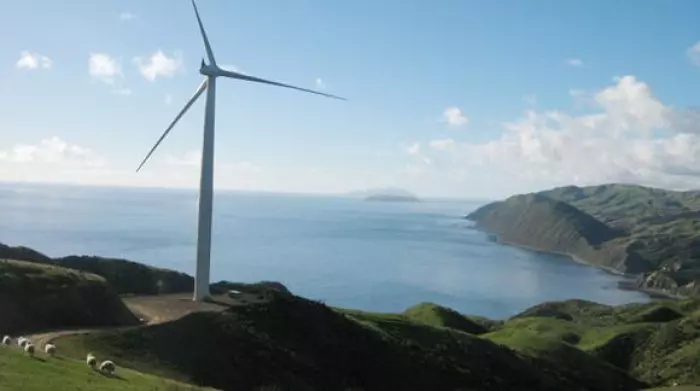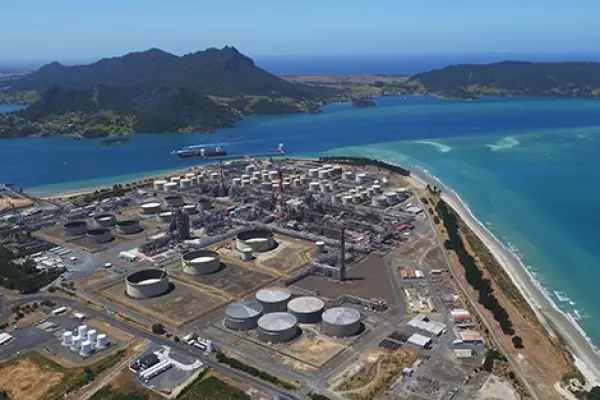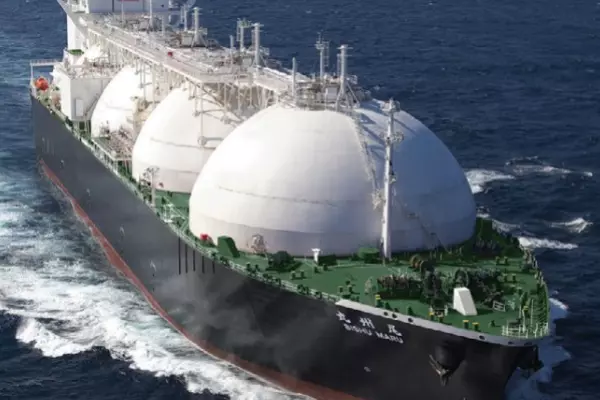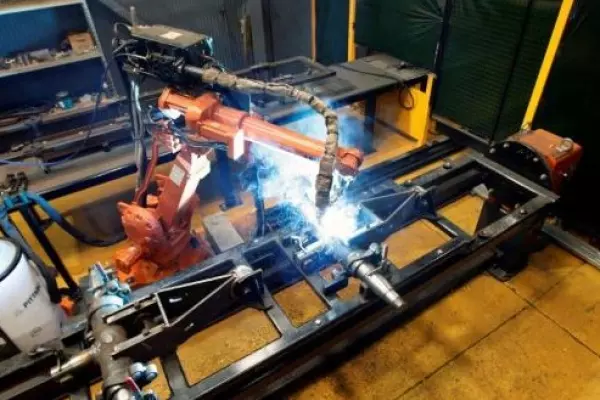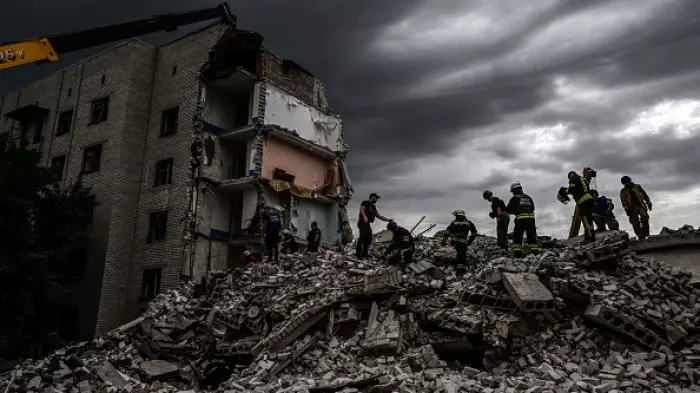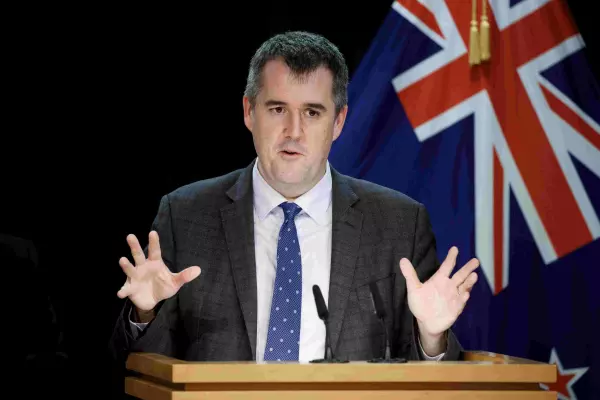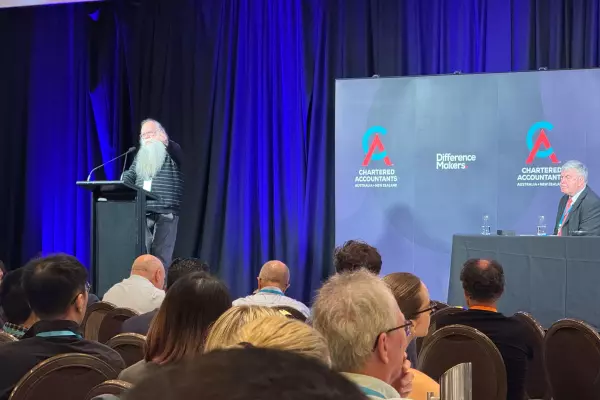Consenting processes for renewable generation and transmission construction need to “dramatically” speed up if the country is to meet its climate change targets, Meridian Energy says.
The 176-megawatt Harapaki windfarm the company plans to build north of Napier — and other wind and geothermal projects underway — will increase the country’s generation supply by about 7.5% and displace coal and gas-fired generation, chief executive Neal Barclay said.
But all those developments are based on long-standing consents and that pace of growth is nothing compared to the extra demand the sector will face as more of the economy switches to electricity for transport and industrial energy.
Once that demand arrives, Barclay said Meridian will have to be completing a new windfarm every three years to maintain its share of the generation market.
“And that’s just us,” he told BusinessDesk.
That scale of renewables investment will require options to deal with dry-year risk, and investment will also have to be maintained in the gas sector — even as the country ultimately works to reduce its reliance on gas.
“But most critically in my mind, we need to dramatically speed up the consenting process for the massive amounts of new renewable generation, transmission and distribution assets that we collectively have to build,” he told investors and analysts yesterday.
Law change
The government, and its predecessor, has looked for ways to speed renewable energy development through the Resource Management Act.
Now the 30-year-old legislation is going to be replaced entirely with three new acts targeted for completion in 2022 and 2023. The government has emphasised the need for councils to keep working in line with national directives in the meantime.
Barclay said a typical windfarm can take around 10 years to get from the idea stage to the start of construction. While much of that is spent on wind monitoring and gaining land access, consenting can be “very protracted” and ways must be found to shorten the process.
The 41-turbine Harapaki project started life as two neighbouring projects consented in 2006. Meridian acquired the consents in 2010 and reworked the project into a single 140 MW development. In 2018, it sought approval to install larger, more efficient turbines, only to then have the project delayed when it looked like the Tiwai Point aluminium smelter could close later this year.
The project is expected to deliver its first power in mid-2023 and be fully commissioned a year later.
Meridian’s only other consented wind project is Hurunui — north of the 90 MW Mt Cass project Rangiora-based MainPower is building.
Barclay said the company will want to see stronger demand growth in the South Island before it develops more generation there.
Next projects
Meridian's North Island retail growth is strong and chief financial officer Mike Roan said the firm won’t need an offtake partner to underwrite the Harapaki development.
“We’ll soak up that energy for our own use at the rate that we are growing,” he said.
Barclay said some “decent, grid-scale” solar development options are starting to emerge.
But he said the Central Wind project near Waiouru, consents for which lapsed in 2020, is likely to be the firm’s next wind development.
Like Harapaki, it needs to be redesigned for larger, more efficient turbines. Being built largely in volcanic ash will also require more robust turbine foundations than the firm has built previously, and the firm may wait for larger turbines to improve the project’s economics, he said.
Another option is at Woodhill, near the Kaipara Harbour, where the company is considering a development using “super-tall” turbine towers to allow for forestry in the area. However, this is not consented.
Mt Munro, near Eketāhuna in Wairarapa, is also back in the frame. In 2013, the firm withdrew a consent application for a 20-turbine project citing the lack of demand growth.
“On the face of it, it looks to be the strongest of those three,” Barclay said.


